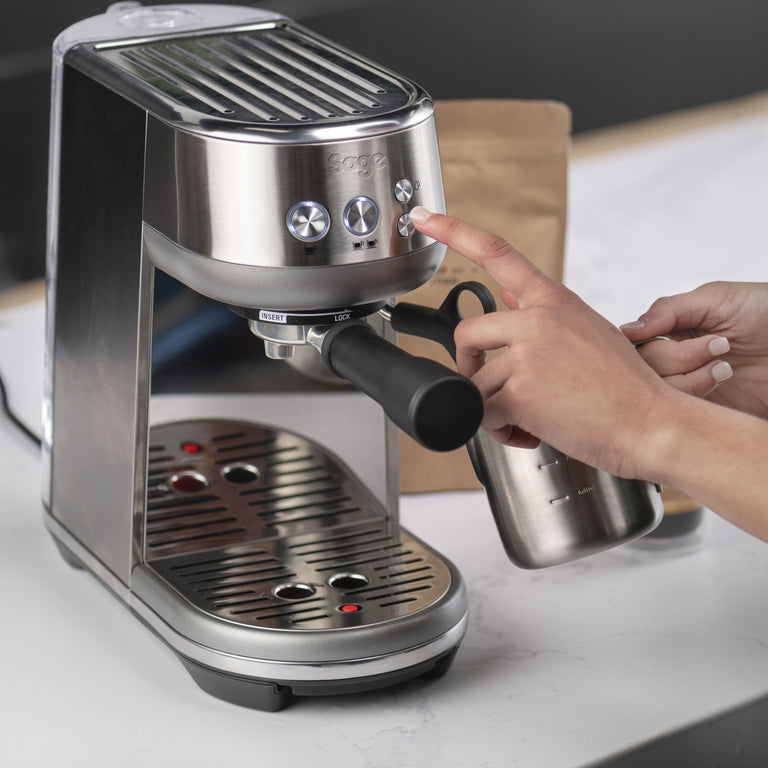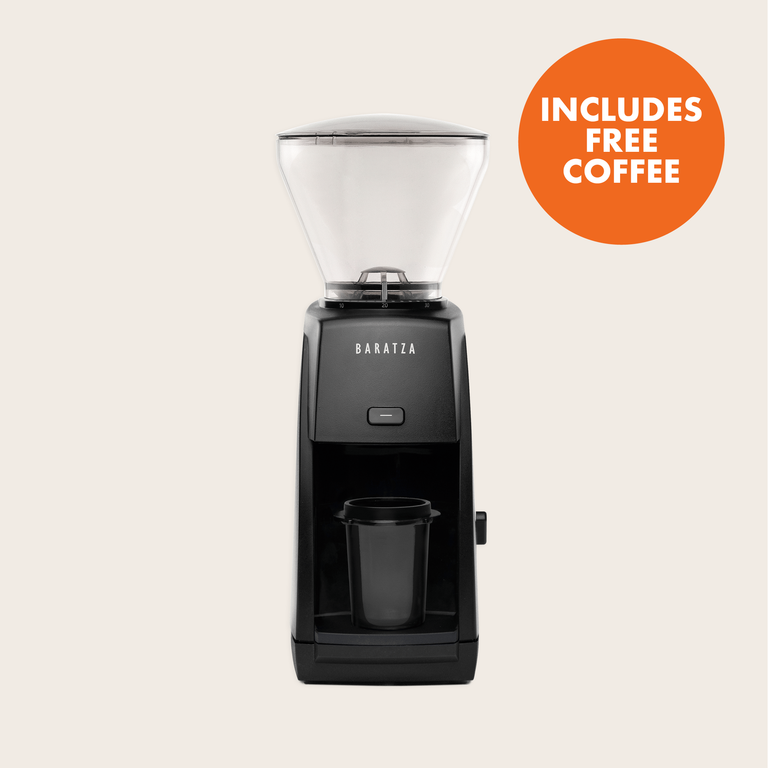What can you tell from the taste of your coffee?
The taste of your cup of coffee can tell you four things - the brew, the roast, the processing method and the growing conditions of the coffee crop.
Coffee plants grow best in an area of the world known as the ‘bean belt’, between the Topics of Capricorn and Cancer. This area stretches as far north as California and as far south as Australia. If you planted the same varietal of coffee plant in three different countries around the bean belt the coffee would taste totally different at each location - this is due to environmental conditions like temperature, humidity, soil quality, and even biodiversity around the crop.
The coffee plant grows best in a soil which is rich in minerals and nutrients (in particular, areas of volcanic soil are prime for growing healthy crops), in a climate with distinct dry and rainy seasons, and at an altitude where the air is cooler (but not too cold!).
A farm’s microclimate has a significant impact on the flavours of the coffees grown there. Some regions and countries have a climate that can produce coffees with a similar local flavours. With practice, some people can even identify a coffee’s growing region from the taste of the cup!


























